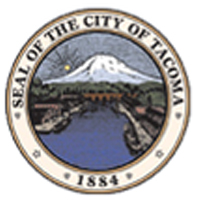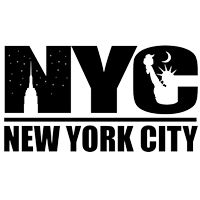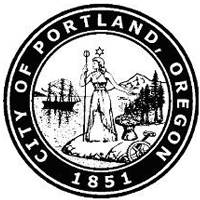Electric Vehicles
Until spring 2017, Forth was known as Drive Oregon, a small but powerful nonprofit advocacy organization focused on electrifying transportation in Oregon.
Case Study
In response to outbreaks in the 1990’s of waterborne disease caused by Cryptosporidium, the federal government began considering requiring cities to upgrade their water treatment facilities and capabilities. Certain urban areas believed that through stringent watershed protection programs and the use of disinfectants, the probability of Cryptosporidium causing illness to someone within their city was sufficiently remote. They felt that their communities should not be required to pay substantially more for water to upgrade water treatment to completely eliminate the risk from Cryptosporidium.
Five cities (New York City, Boston, San Francisco, Portland, Oregon, and Tacoma, Washington) contracted with DHM to assess public opinion about water safety, risk tolerance, and willingness to pay for upgraded water treatment facilities and practices. This research was designed to provide information to assist with general communications and outreach, and to guide government affairs strategies including lobbying. Three hundred respondents were interviewed from each city for a total sample size of 1,500. The total sample was weighted to reflect the population of all five cities combined. This allowed for valid within-city and combined-city analyses.
The information assisted the cities in discussions with different stakeholder groups about the future of water treatment in their communities, including the federal government. This research contributed to the implementation of upgraded systems that take into consideration the specific water source and watershed protection protocols in use in the area surrounding that source.




